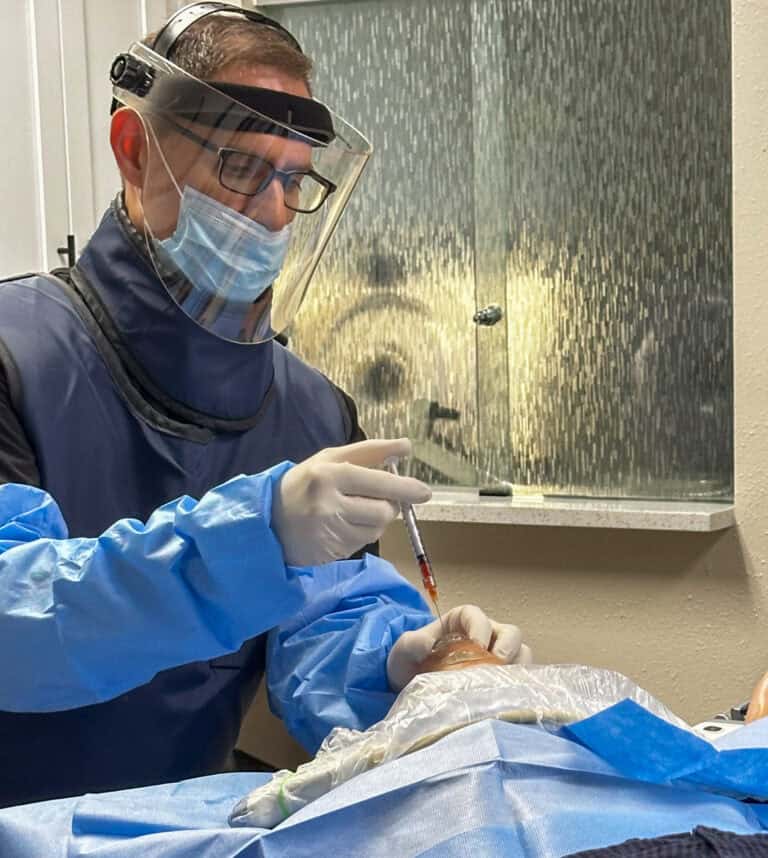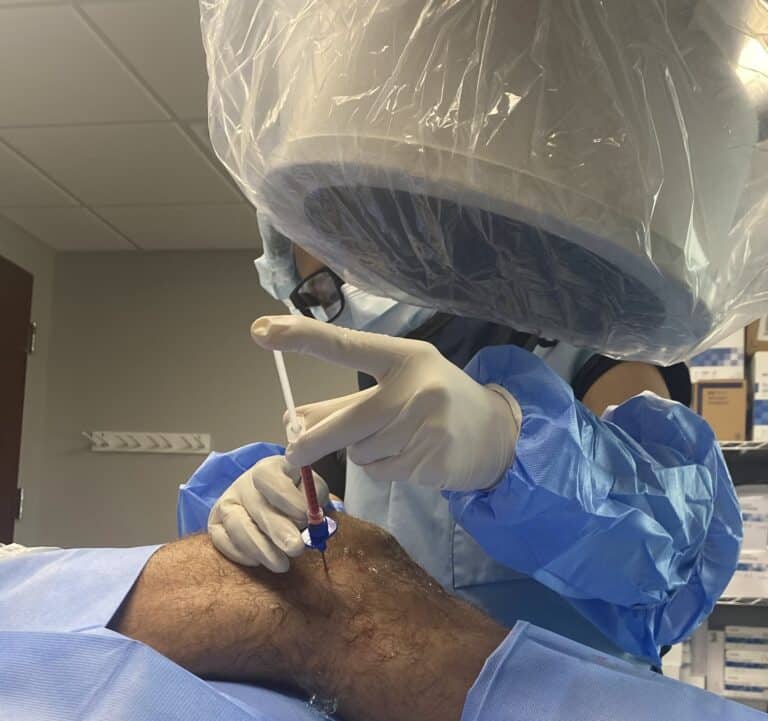Cartilage breakdown and osteoarthritis (OA) are common degenerative conditions that affect millions of individuals worldwide. The quest for effective treatments has led to significant advancements in regenerative medicine. Among the most promising approaches are Platelet Rich Plasma (PRP) and Mesenchymal Stem Cell (MSC) therapies. These cutting-edge treatments offer a multitude of benefits, including the prevention of cartilage breakdown. In this blog, we will explore the top five ways in which PRP and MSCs can protect and preserve cartilage integrity.
- Enhanced Healing: Both PRP and MSC therapies have shown remarkable regenerative potential. PRP contains a concentrated mix of growth factors, cytokines, and bioactive molecules derived from the patient’s own blood. When injected into the affected area, PRP promotes tissue repair, angiogenesis, and chondrogenesis. Similarly, MSCs possess the ability to differentiate into various cell types, including chondrocytes, which are responsible for cartilage formation. The combined effect of PRP and MSCs can stimulate the healing of damaged cartilage, preventing further breakdown.
- Anti-Inflammatory Effects: Inflammation plays a significant role in the progression of cartilage breakdown. A new study out of the journal Arthroscopy (1) indicates that PRP injections, particularly leukocyte-poor formulations, exhibit anti-inflammatory properties. By reducing inflammatory markers and cytokine levels, PRP can mitigate the destructive effects of inflammation on cartilage. Additionally, MSCs possess immunomodulatory properties, which further contribute to the suppression of inflammation within the joint, aiding in the prevention of cartilage degradation.
- Enhanced Synovial Fluid Quality: The synovial fluid acts as a lubricant and shock absorber within the joint. In patients with osteoarthritis, the quality of synovial fluid deteriorates, leading to increased friction and decreased protection for the cartilage. The administration of PRP and MSCs can improve the composition of synovial fluid, making it more conducive to cartilage health. Studies have shown that PRP injections can increase the production of hyaluronic acid, a vital component of synovial fluid, thereby enhancing its viscosity and lubricating properties. Additionally, MSCs can modulate the synthesis and degradation of extracellular matrix components within the synovium, promoting a healthier environment for cartilage.
- Chondroprotective Effects: PRP and MSC therapies exert chondroprotective effects, shielding the cartilage from further degeneration. PRP stimulates the production of collagen and proteoglycans, essential components of cartilage. It also inhibits the activity of enzymes responsible for cartilage degradation. MSCs, on the other hand, release trophic factors that can counteract the catabolic processes in the joint, promoting cartilage preservation. By enhancing the production of cartilage matrix components and inhibiting their degradation, PRP and MSCs can effectively prevent cartilage breakdown.
- Pain Relief and Improved Functionality: Osteoarthritis often leads to pain, stiffness, and functional limitations. The study referenced earlier suggests that PRP injections can significantly reduce pain and improve patient-reported outcomes in individuals with mild to moderate knee osteoarthritis. Similarly, MSC therapies have shown promising results in alleviating pain and enhancing joint function. By reducing pain and improving mobility, PRP and MSC treatments contribute to the prevention of cartilage breakdown indirectly. When patients experience less pain they can be more active and studies have previously demonstrated that exercise can actually protect against cartilage damage (2).
- Su, F., Tong, M. W., Lansdown, D. A., Luke, A., Ma, C. B., Feeley, B. T., Majumdar, S., & Zhang, A. L. (2023). Leukocyte-poor platelet-rich plasma injections improve cartilage T1Ρ and T2 and patient-reported outcomes in mild-to-moderate knee osteoarthritis. Arthroscopy, Sports Medicine, and Rehabilitation, 5(3). https://doi.org/10.1016/j.asmr.2023.04.009
- Armagan, O., Yilmazer, S., Calısir, C., Ozgen, M., Tascioglu, F., Oner, S., & Akcar, N. (2015). Comparison of the symptomatic and chondroprotective effects of glucosamine sulphate and exercise treatments in patients with knee osteoarthritis. Journal of Back and Musculoskeletal Rehabilitation, 28(2), 287–293. https://doi.org/10.3233/bmr-140516










